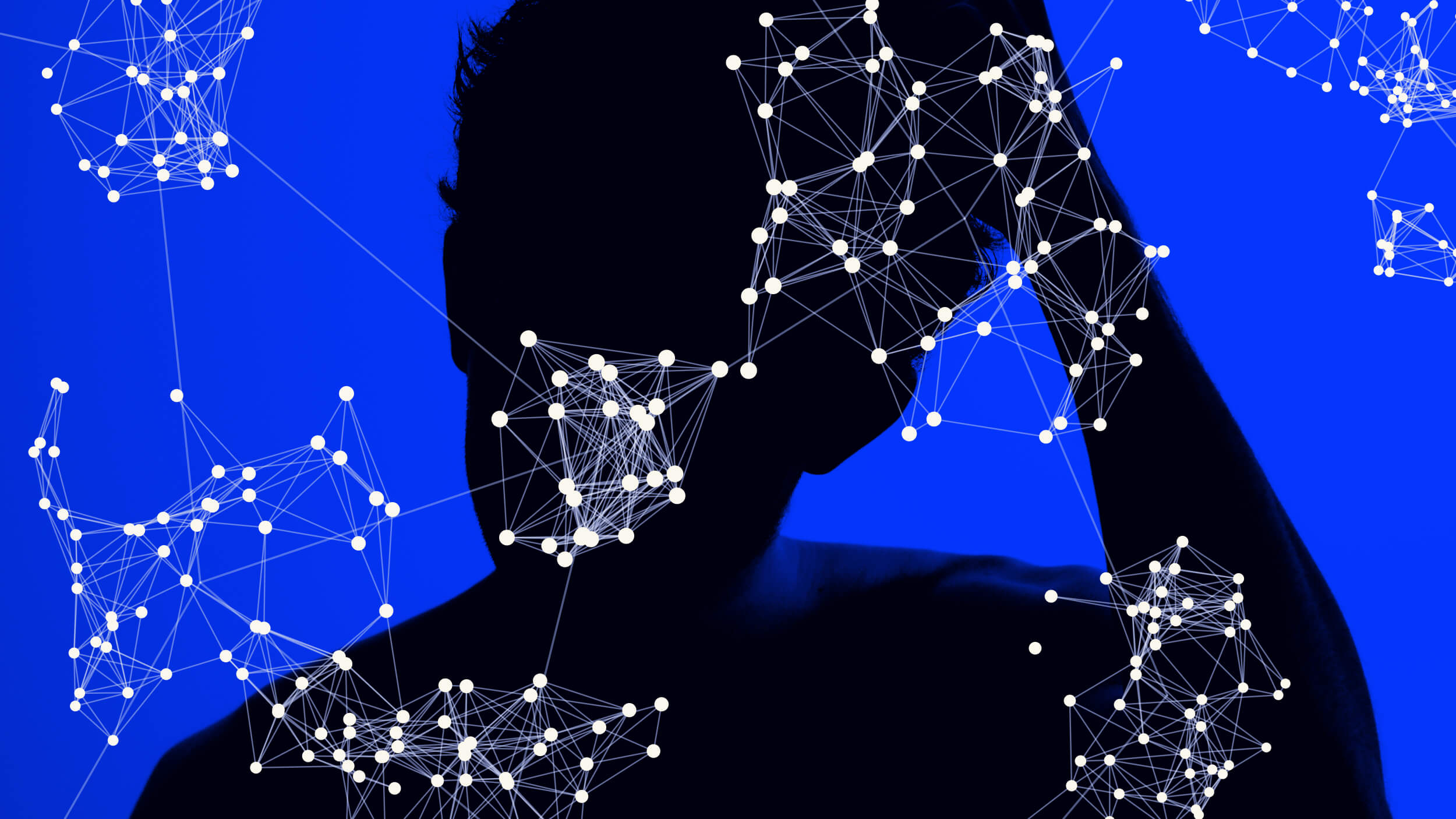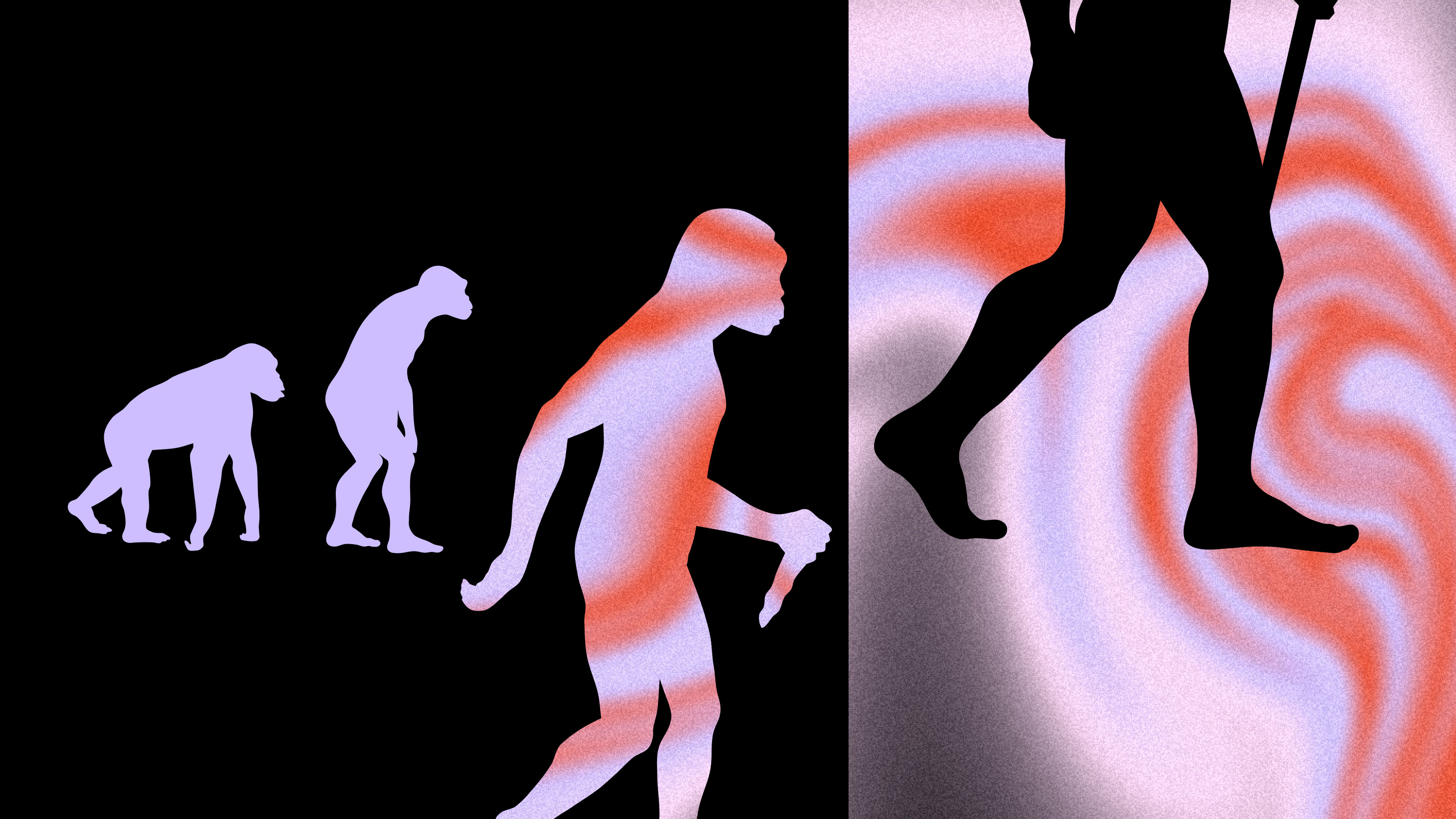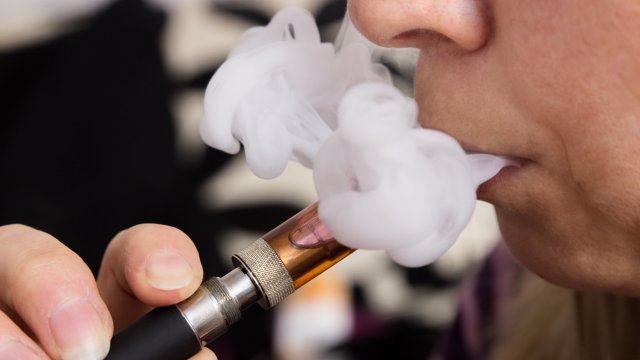Getting Past Stereotypes That Limit Women’s Power

It isn’t that women desire power less than men do, but in traditional organizations some common avenues to obtaining and maintaining power are blocked for them. A host of stereotypes will continue to limit women’s power unless they remain alert to the problem and take steps to remedy it. Powerful people use status, reward, coercion, information, perceived similarity and expertise to influence others. Women, stereotypically, aren’t supposed to use direct forms of these tactics, so often they develop more indirect means of acquiring and maintaining power.
Those young and new to organizations can acquire some useful forms of power simply because their skills, energy and gung ho attitude are required to accomplish certain tasks. So, early in a woman’s career, her inability to exert direct power doesn’t usually deter her advancement — but that changes as she moves upward toward managerial positions. In order to continue advancing, women need to acquire their own intrinsic power and not merely associate with or find ways to please those persons who have it.
Some women are fortunate enough to look like they expect and deserve to be heard and respected. One such woman told me that having been brought up in New York City, where you have to learn to take care of yourself, gave her an edge. But the greater advantage, she added, was “I look like I could be dangerous. My voice and my physique are scary to a lot of people. They don’t want to mess with me.”
There’s something to be said for looking like you could make other people’s lives difficult. This is more than verbal assertiveness, which can land the label “aggressive” on many women. Being ‘scary’ isn’t only to be capable of aggressiveness, but to be comfortable with acting that way when necessary. Women who master this form of power personify Machiavelli’s advice that “one ought to be both feared and loved, but as it is difficult for the two to go together, it is much safer to be feared than loved, if one of the two has to be wanting.”
Being “scary” doesn’t work everywhere, and frequently isn’t accessible as an avenue toward power for women, even when desirable. The key is to: (1) become aware of what labels are keeping you from exerting the forms of power used effectively by those around you, and (2) either ignore such labels and go ahead to develop those forms of power or find comfortable ways to develop more accessible forms that work just as well.
It’s important for women, and men, to learn how to explore power and its various forms, and then stretch beyond their current boundaries. For women, this often requires reframing labels like “aggressive” that others may try to impose on you, by suggesting instead that you are “determined” or “persistent” or that what they perceive as “irritable” is exactly what’s required to get a specific job done.
Power is necessary to move ahead in most organizations. It needn’t be overbearing or displayed constantly, but if you want others to think twice before they dismiss, patronize, or exclude you, it’s important to give them a reason to do. Sometimes, it doesn’t even take much effort to reach this point. When you refuse to let other people act as if you have no power, you take the first step toward demonstrating that you actually do.
Photo: Andresr/Shutterstock.com





